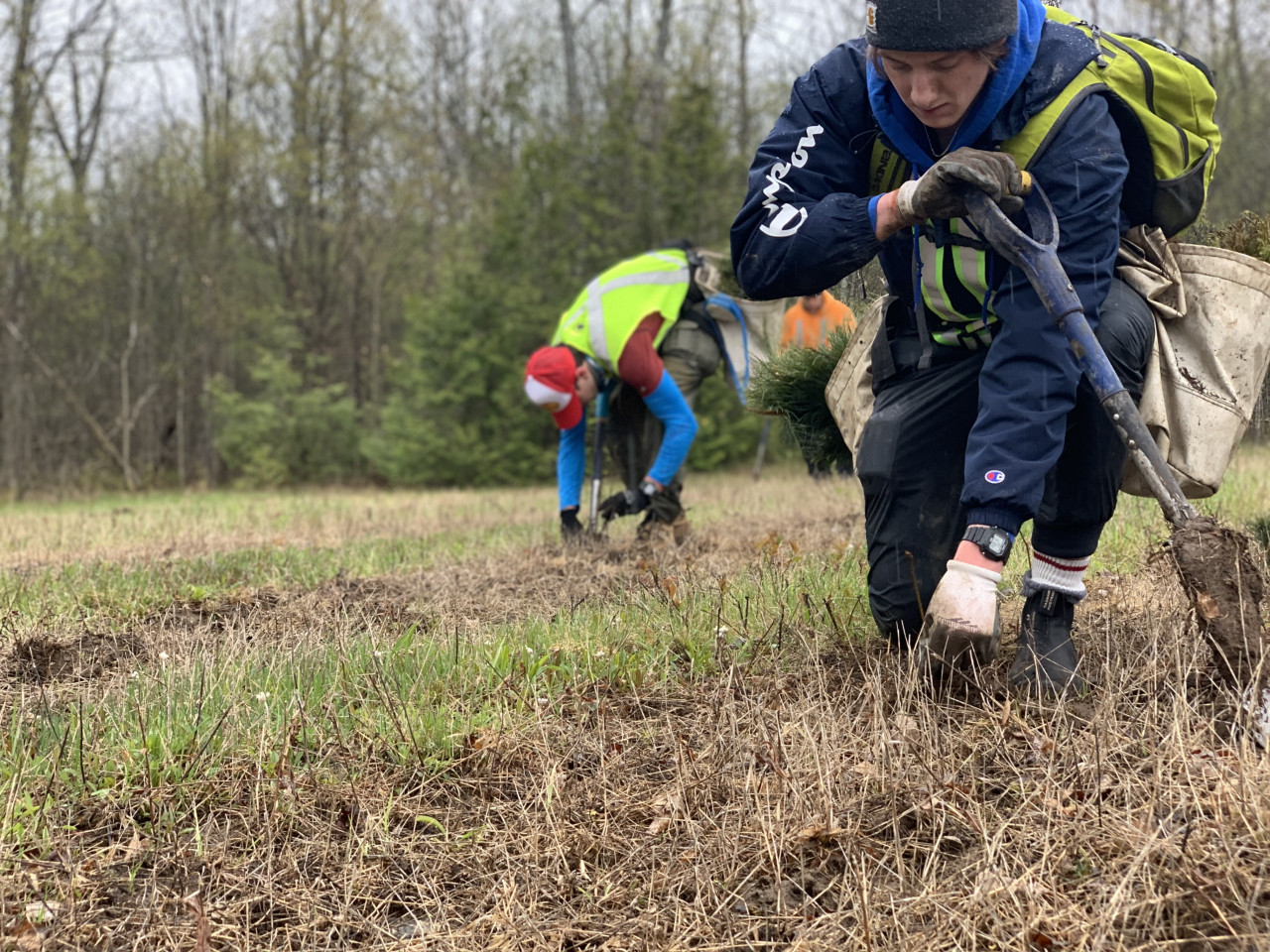“RVCA has a great deal of information. Our monitoring efforts help us better understand watershed trends and help focus stewardship activities where they are needed the most,” said Martin Czarski, RVCA Watershed Ecologist. “Subwatershed reports are valuable tools for decision-makers at all levels — individuals, families, municipalities, counties and the province.”
The Middle Rideau is nicely nestled in the middle of the Rideau system and drains over 825 square kilometres. Water flows from the higher, rocky Rideau Lake Subwatershed into the flatter, farmland of the Middle Rideau Subwatershed. The subwatershed includes communities such as Jasper, Lombardy, Smiths Falls, Merrickville and Motts Mills. Water flows through the Middle Rideau on to the Lower Rideau at Burritts Rapids.
“The Middle Rideau’s conditions are mostly fair and good,” says Czarski. “But human demands and impacts continue to grow. Now is the time to take important steps to maintain, protect and improve our current conditions.”
Efforts can be simple things like keeping shorelines natural and planting trees to more complicated municipal planning and development projects that protect surface water quality and aquatic habitat through the creation of riparian buffers, and application of stormwater best management practices. The report identifies what the RVCA, municipalities, landowners, businesses and community groups can do to help make environmental gains.
For landowners looking to do their part, the RVCA provides a number of stewardship programs designed to improve watershed health. The programs provide technical expertise, grants and manpower. By connecting with landowners, the goal is to make real, on-the-ground improvements. Landowners who are interested in learning about possible projects can call the RVCA for details.
This report is part of a series including reports on the Jock River (2010), Tay River (2011), Lower Rideau (2012), Kemptville Creek (2013) and Rideau Lakes (2014). Next year, similar comparisons on watershed health will be made for the Jock River Subwatershed.
For your copy of this and other subwatershed reports, call the RVCA at 613-692-3571 ext. 1177 or visit watersheds.rvca.ca. For those looking for more scientific information, monitoring results are available through the detailed catchment reports which are also available online at watersheds.rvca.ca.















